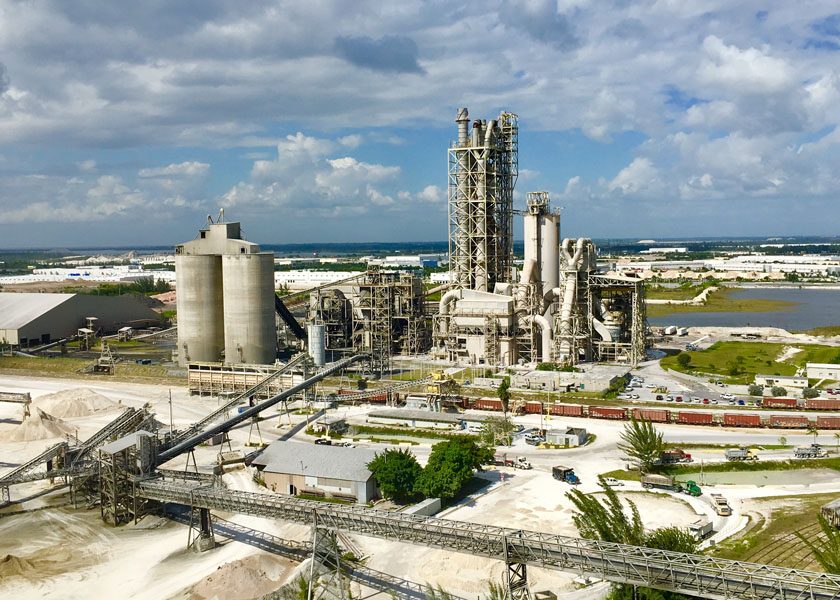During a June 20 national online news conference, American Institute of Architects Chief Economist Kermit Baker, National Association of Home Builders Chief Economist David Crowe and Associated Builders and Contractors Chief Economist Anirban Basu shared their thoughts on the 2013 construction market forecast. Baker began by reinforcing the market’s state: “Construction unfortunately is the last major sector in the economy yet to recover from this downturn we’ve been through. We’ve seen some progress on the residential side and really none yet in non-residential construction activity.”
He went on to note that the AIA Consensus Construction Forecast anticipates a very modest growth this year—about 2% overall in non-residential construction—with a stronger recovery moving into 2013. Crowe and Basu were not as optimistic. “We’re going to have [it] relatively slow by standards of a typical recovery growth over the rest of this year and into next year,” stated Crowe, who mentioned that when compared to levels in the early 2000s, which some might call a more normal level, the remodeling market is back up to where it was, the multi-family market is well on its way—about two-thirds, but the single family market is barely one-third of the way back to those levels.
Basu’s view is bleaker: “I’m not buying in to the proposition that the nation’s construction industry will recover in 2013. What we have right now is an utter lack of confidence in the economy, and confidence represents a centrally important requirement for construction spending growth.
“We have capital and profitability in the broader economy, and there is money sitting in the banks,” he added. “But many decision makers have adopted a wait-and-see attitude until the sea of uncertainty that faces us recedes. This uncertainty includes confusion regarding the future path of federal spending, tax rates, the financial chaos in Europe and our own 2012 elections. However, it’s not all bad news. Certain construction segments likely will experience growth in the coming months, including healthcare and power generation.”



